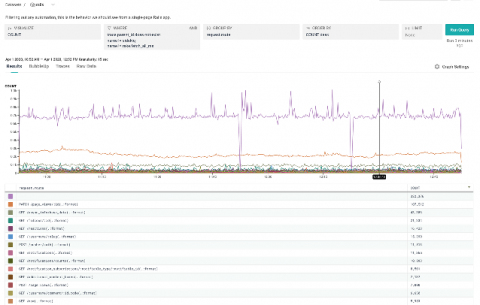The First and Last Conference of the Year
I was excited to attend DevOpsDays in New York City in March of 2020, but then again, who wouldn’t be? A whole week in the Big Apple with Liz Fong and Christine Yen, yes, please! I joined Honeycomb as a product designer in January of 2020, making this my first event as a Honeycomb employee. In addition to meeting our users, it was a chance for me to talk with people just starting their observability journey. As a product designer, my focus is on improving the overall user experience.







